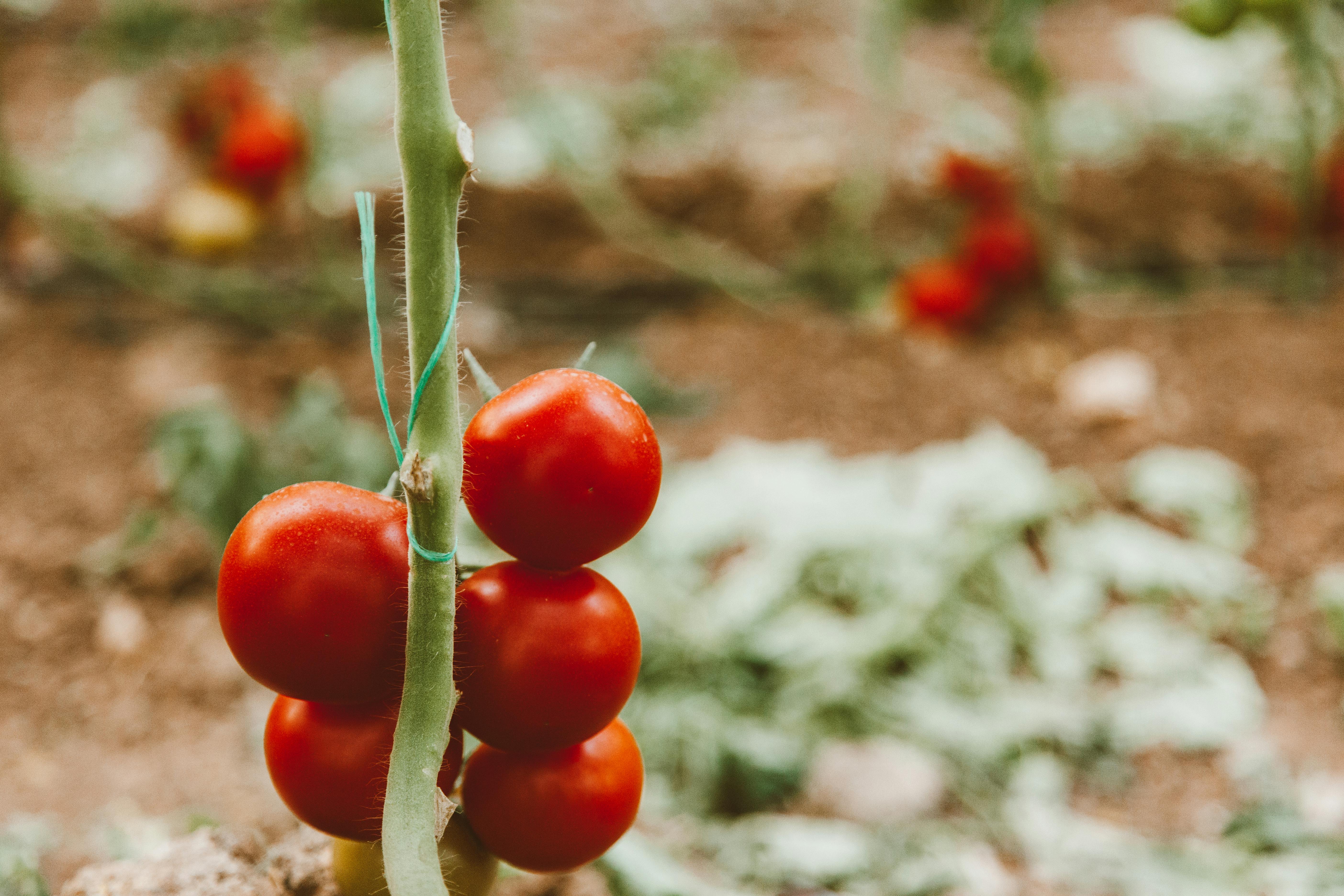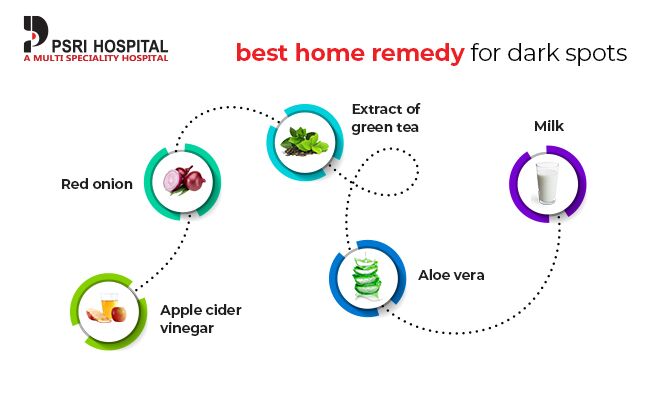
Practical Guide to Cooking Spiral Ham: Delicious Results in 2025
Cooking a spiral ham is an art that can elevate any meal, especially during festive occasions. The convenience of spiral-cut hams, which are pre-sliced for easy serving, makes them a popular choice for holiday gatherings, family dinners, or just a delightful weekend meal. Mastering the techniques of how to cook spiral ham not only ensures juicy results but also allows you to infuse flavors and create a delicious centerpiece for your table. In this article, we will explore everything you need to know about cooking spiral ham, from preparation and cooking times to the perfect seasoning and glaze options. You'll discover the best spiral ham recipes, cooking techniques, and additional tips that will guarantee an unforgettable culinary experience.
Whether you’re aiming to impress your guests or simply enjoy a tender, flavorful meal with your family, this guide will help you navigate the entire process. We’ll delve into the essential steps for preparing your ham, explore different flavor profiles and presentation styles, and provide helpful tips for serving and storing leftovers. Get ready to become a spiral ham cooking expert and make your next meal one to remember!
Key Takeaways:
- Essential preparation steps for spiral ham
- Perfect cooking times and temperatures
- Creative glaze options for enhanced flavor
- Side dishes that pair beautifully with ham
- Tips for using ham leftovers in delicious ways
Essential Preparation Steps for Cooking Spiral Ham
Before diving into the cooking process, it's crucial to understand how to properly prepare your spiral ham. The preparation stage is vital because it sets the tone for the overall flavor and tenderness of the final dish. First and foremost, selecting the right size of spiral ham is essential; typically, you’ll want to allocate about ½ pound per person to ensure everyone gets enough and there are leftovers for later.
Once you have chosen your ham, it’s time to give it a good rinse under cold water. This step helps remove any excess sodium from the curing process. Place the ham in a roasting pan, fat side up, to allow the natural juices to enhance the flavor during cooking. Ensuring the ham is kept at room temperature for about 30 minutes before cooking can also facilitate even cooking.
Next, it’s important to score the surface of the ham lightly. This creates small cuts that allow the glaze to penetrate and flavor the meat more effectively. If you're aiming for a honey glaze, this step can add a delightful sweetness. Make sure to score it in a diamond pattern for a classic presentation.
Also, consider marinating your spiral ham in preferred seasonings or glazes ahead of time. This marination can infuse the meat with delicious flavors and should ideally be done overnight if time permits.
With your ham prepared, you’re ready to explore different cooking methods that will help you achieve juicy and flavorful results.
Understanding Spiral Ham Cooking Times and Techniques
The time it takes to cook spiral ham can vary based on its weight and the cooking method used. A general rule of thumb is to cook spiral ham at 325°F for about 10 to 15 minutes per pound. For example, a 8-pound ham would require around 2 to 2.5 hours of cooking time. Using a meat thermometer is crucial to ensure that the ham reaches an internal temperature of 140°F for safe consumption.
When cooking spiral ham, the method you choose can significantly impact the flavor and texture of the meat. The traditional oven-baking method is widely used and recommended. This method allows for even heating and browning of the glaze. Wrap your ham in aluminum foil during the first part of cooking to prevent it from drying out and remove it during the last 30 minutes to allow the glaze to caramelize.
Additionally, consider using the "low and slow" method, which involves cooking at a lower temperature over a more extended period. This approach can enhance tenderness and infuse flavors deeper into the meat, leading to a succulent end product.
Don't forget to baste your ham every 30 minutes! This helps maintain moisture and infuses the meat with glaze, enhancing the overall flavor.
Understanding spiral ham cooking techniques allows for culinary creativity, so let’s find out which glazes will make your ham the star of the meal!
Exploring Different Glazes for Spiral Ham
Choosing the right glaze can elevate your spiral ham to gourmet levels. There are several traditional and modern options that you can explore, including sweet, savory, and even fruity glazes. One of the most popular choices is a honey-glazed spiral ham, which combines honey, Dijon mustard, and brown sugar for a sweet and tangy flavor profile.
For a twist, consider using a maple syrup glaze combined with spices like cinnamon and nutmeg for a warm flavor that pairs beautifully with the savory ham. Another fantastic option is a brown sugar and pineapple glaze, which integrates the tropical taste of pineapple juice with brown sugar's sweetness—this classic combination is perfect for enhancing the natural flavors of the ham.
To prepare a glaze, simply mix your chosen ingredients in a bowl, bring it to a simmer on the stove until thickened, then brush it over the ham during the last half hour of baking. This method allows the glaze to caramelize beautifully, adding texture and flavor.
Additionally, you can experiment with ingredients such as balsamic vinegar, apple cider, or even soy sauce to create unique glazes tailored to your taste preferences. No matter what flavor profile you choose, the key is to balance sweetness, acidity, and savory notes.
With your glaze ready, you can now think about what sides will accompany your delightful spiral ham.
Perfect Side Dishes for Spiral Ham
Selecting great side dishes can enhance the dining experience with your spiral ham. Popular choices include savory and sweet elements that nicely complement the flavors of the ham. Classic sides like mashed potatoes, green bean casserole, and roasted vegetables are always a hit during holidays.
For a refreshing contrast, consider a fresh salad with citrus dressing or roasted asparagus drizzled with lemon. These options provide a balance to the richness of the ham. Another dimension to think about is adding sweet elements, like a fruit salad or glazed carrots, which can emphasize the natural sweetness found in the dish.
Another remarkable pairing is to include a hearty bread option, such as cornbread or a fresh dinner roll, which can soak up the tasty juices from the ham. Plus, leftover ham can easily be integrated into soups and casseroles, making it the gift that keeps on giving throughout the week.
It's important to consider the variety of textures and flavors when choosing sides, allowing your guests to enjoy a balanced plate. Plus, having an array of options will please everyone's palate—after all, feeding a crowd can be a wonderfully creative experience!
Finally, once the festive meal is complete, knowing how to store and reheating your leftovers is crucial for enjoying the last bites of your scrumptious spiral ham.
Storage and Reheating Tips for Spiral Ham
Proper storage of your leftover spiral ham ensures you can enjoy it multiple times without compromising flavor or safety. Make sure to refrigerate any leftovers within two hours of cooking. Wrap the ham tightly in plastic wrap or aluminum foil, or transfer it to an airtight container to prevent moisture loss and preserve flavors.
When it comes to reheating spiral ham, maintain quality by using low heat. Ideally, reheat slices in an oven set to 325°F, covering them with foil to retain moisture. This method helps bring back the tenderness of the meat while avoiding a dry result.
If you want to keep it simple and quick, using a microwave also works. Just place slices on a microwave-safe plate, cover with a damp paper towel, and heat in short intervals to ensure they warm evenly without overheating.
Returning to the flavor scene, consider using leftover ham in different dishes, like omelets, sandwiches, or even a gourmet club sandwich with layers of cheese—creating entirely new culinary experiences from your festive meal!
With these tips for storing and reheating, you can make sure that your spiral ham continues to delight well past the first serving.
Conclusion: Mastering Spiral Ham for Memorable Meals
Cooking spiral ham is an enticing and manageable process when you have the right techniques and tips at your disposal. From selecting the perfect ham and mastering cooking times to experimenting with various glazes and complimenting it with side dishes, the journey promises to be rewarding. Remember to consider the nutritional aspects, as well as the safe handling and storage of ham, to ensure a delightful and worry-free experience.
By following this practical guide, you can create memorable meals that will leave a lasting impression on your guests. Whether it's for a holiday celebration, a family dinner, or a casual gathering with friends, a well-prepared spiral ham can enhance any occasion. So embrace your inner chef and get ready to enjoy the delicious results in 2025!

